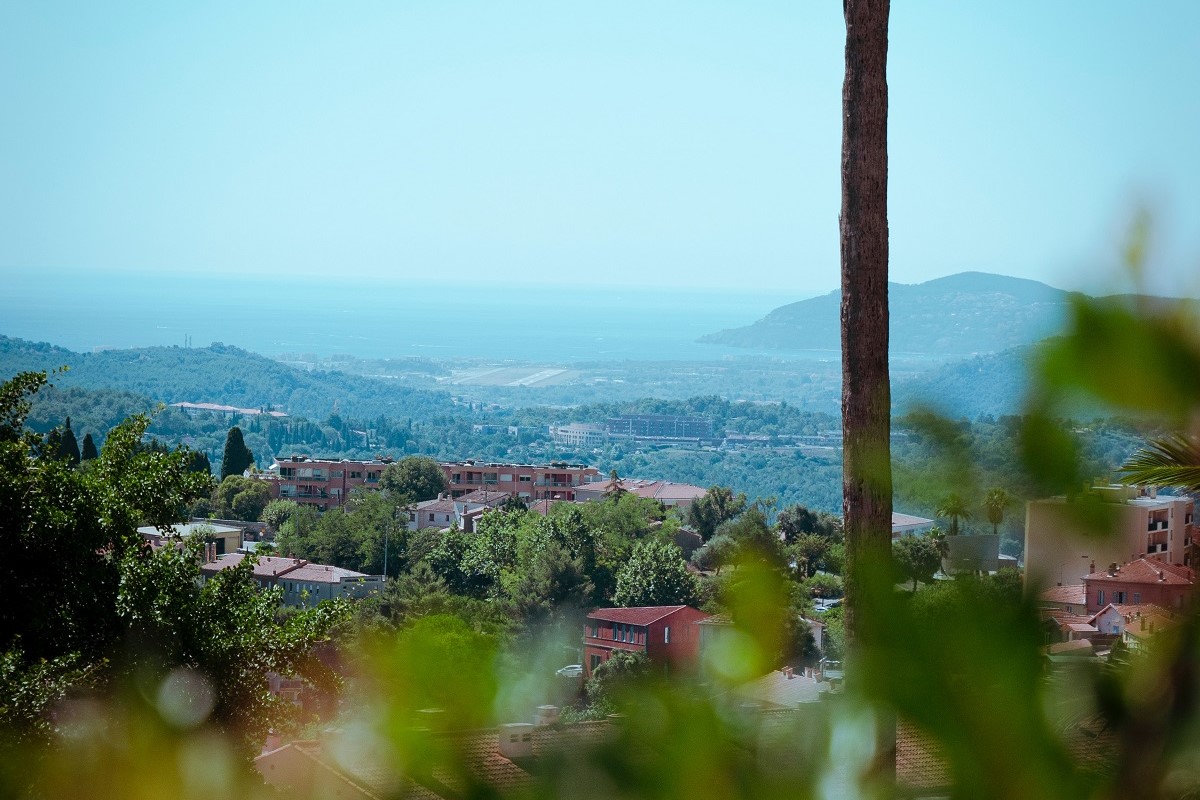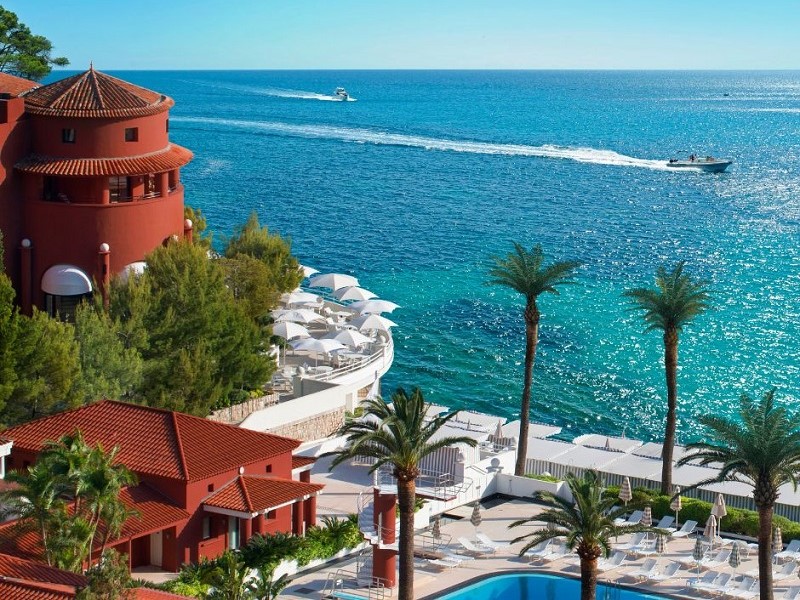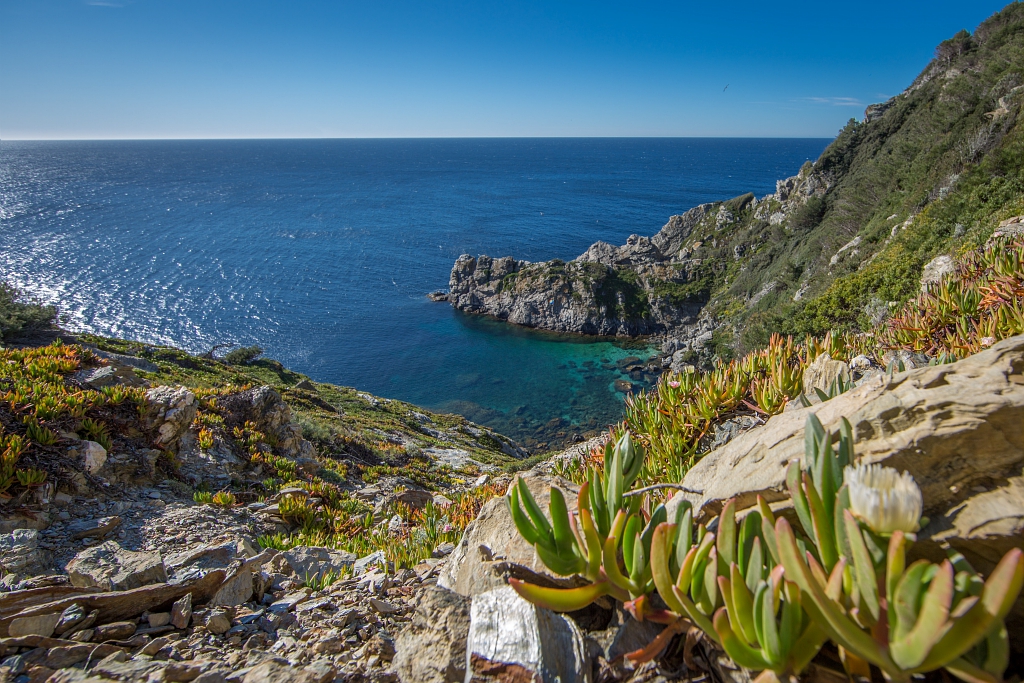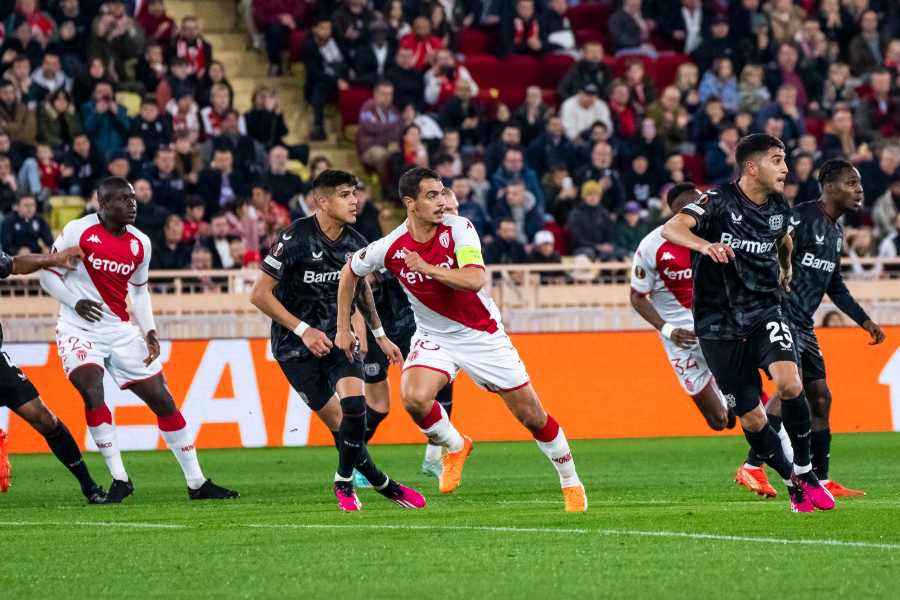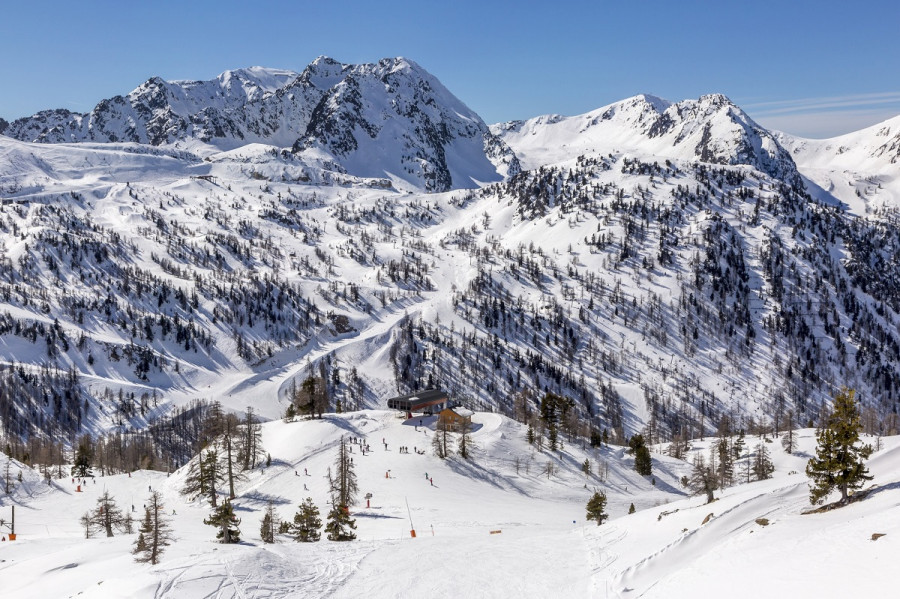The devastating effect of the widespread use of PFAS since the 1950s has been revealed by the Forever Pollution Project: thousands of sites across Europe have been forever contaminated by these dangerous chemicals. The health of humankind and the natural world will almost certainly pay the price.
The Forever Pollution Project represents a collaborative effort between 18 European newsrooms and their journalists, who compiled data from across Europe and the UK and created a map of contaminated sites over several months.
The contaminants in question are per- and polyfluoroalkyl substances, also known as PFAS or “forever chemicals”. PFAS have earnt this name as they do not degrade or break down in the natural environment, but instead accumulate in soil, water and even the bodies of living organisms, including us.
Since the 1950s, the use of PFAS in day-to-day items, from non-stick pans to waterproof products, has been widespread around the world and they continue to be used today across Europe, where regulation is poor and action to halt their use is even weaker. This is despite PFAS, which number around 10,000, being scientifically linked to cancer, infertility and a dozen other diseases.
“It was estimated that PFAS put a burden of between €52 and €84 billion on European health systems each year,” says the Forever Pollution Project.
A European ban on PFAS is in the works
The publication of the map and the subsequent reports by collaborating newsrooms, such as Le Monde and The Guardian, come on the back of a proposal to ban all PFAS by the European Chemical Agency.
By 2026, the European Union will implement a maximum limit of 500 nanograms per litre (ng/L) for all PFAS in drinking water, although specific limits are set for certain chemicals within the grouping: 100ng/L for the total amount of PFAS “of concern”.
“All the PFAS experts we interviewed were adamant that the thresholds set by the EU for implementation in 2026 are much too high to protect human health,” writes the Forever Pollution Project. “[We] also uncovered an extensive lobbying process to water down the proposed EU-wide PFAS ban. Several dozen FOIA requests in Brussels and other European cities revealed that for months now, more than 100 industry associations, think tanks, law firms and major companies have been working to influence the European Commission and the Member States to weaken the forthcoming PFAS ban.”
France has dithered for years on the topic, but seems to finally be addressing the problem at home with an action plan announced by the government earlier this year. The plan acknowledges the potentially severe consequences of forever chemicals on people’s health and the environment as well as an urgent need to reduce their production and use, but stops short of hard measures and figures.
17,000 contaminated sites in Europe, multiple “hazardous” hotspots in the south of France
The Forever Pollution Project and its map have revealed that more than 17,000 sites in Europe are already contaminated by forever chemicals. A further 21,000 “presumptive” locations – “sites with current or past industrial activity documented as both using and emitting PFAS” as written by Le Monde – have also been identified. Some are military sites, where contamination is highly likely, and others include locations where environmental sampling is yet to be conducted, but the likelihood of high concentrations of PFAS is suspected.
In all of the 17,000 sites, PFAS have been recorded at levels equal to or greater than 10ng/L. Among this number are more than 2,100 sites that have been designated a forever chemical hotspot and where “the concentration of PFAS detected reaches a level that experts consider hazardous for health (100 ng/L)”, according to the Forever Pollution Project.
Several sites with “hazardous” levels can be found in the south of France. In 2022, a sampling of surface water in the Biot area recorded a combined PFAS level of 604.1ng/L in the La Brague river and 564.5ng/L in the Bouillide. Similar testing in Le Bar-sur-Loup revealed contamination of 833.6ng/L in surface water. Two sites in Pegomas, one in La Siagne and one in La Mourachonne, recorded 564.6ng/L and 561.6ng/L respectively.
Hotspots were also recorded in the Var: Fréjus, Roquebrune-sur-Argens, Trans-en-Provence, Grimaud, Le-Cannet-des-Maures, Hyères and La Garde.
Several waste management sites in the south of France have been flagged as potentially contaminated sites as well as Nice Côte d’Azur Airport, the Tournaire metallurgy site in Grasse, Cannes-Mandelieu Airport and the Thales Alenia Space facility in Cannes.
To view the map, please click here.
Sign up for the Monaco Life newsletter. For the latest news, follow us on Facebook, Twitter, and Instagram.
Photo source: Sten Bergman for Unsplash
